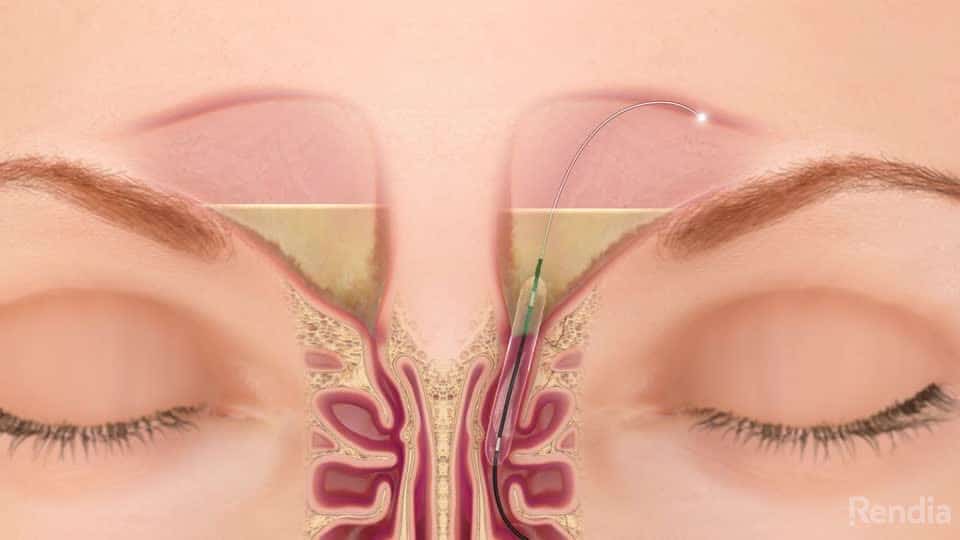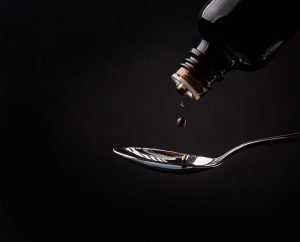There are about 325 million people in the United States and a very high percentage – about 31 million – suffer from chronic nasal inflation. This is not just an occasional allergic flare-up, it is a matter of suffering the effects of allergy year after year. Those who suffer from chronic sinusitis will often do almost anything to relieve their symptoms. Here is a guide for the quick treatment of sinus allergies!
Treat Sinus Allergies Quickly
The cause of allergies
There can be many causes of sinus problems. Some people are simply born with narrow openings in their noses that leave little room for natural reactions to pollen, mold, animal hair, and other irritants. Others may have a shift in the septum or other physiological restrictions of natural and easy breathing. However, the vast majority suffer far more than their friends or family members from inflammation caused by one or more of the irritants in the environment.

What are the over-the-counter solutions to allergies?
Americans spend billions of dollars every year to relieve their allergy symptoms. For example, I live in Austin, Texas, which is ground zero for cedarwood allergies. A few years ago, when a well-known prescription drug received FDA approval to be sold over the counter, the long-suffering residents of Austin devoured these prescription drugs so quickly that it took almost a month for local pharmacies and supermarkets to replenish them.
Over-the-counter drugs are usually antihistamines or decongestants, or sometimes both. They are mildly effective in relieving allergy symptoms, but a lot of people feel confused or overtired by the drugs, so most of them have warnings on the package that urge caution while they are under their influence. And in case you are wondering, driving your two-ton car home from work on the motorway is one of the things you should be careful about.
Seeing an allergist
Many people go to their family doctor when they have an outbreak of allergy symptoms, and of course, there are countless varieties, all of which have about the same effect as the over-the-counter brands. They temporarily relieve the symptoms. But what if your allergies are almost constant or temporarily disappear but keep coming back?
Sooner or later, most people who have persistent sinus problems consult an allergologist. Once you have met with an allergist, he or she will often do tiny skin tests on hundreds of pollen, pet hairs, and molds to find out which particular factors in the environment cause you the most inflammation.
Once the skin inflammation tests are complete, the allergist will most often recommend allergy drops or allergy injections.
Allergy drops mainly contain small amounts of the specific pollen, mold, or skin flakes that cause you the most problems. Similar to vaccination against measles as an example, the idea is that by administering doses containing your inflammatory irritant, the body gradually builds up resistance to this irritant.
How effective are drops or injections?
While some patients respond well to allergy drops or injections, unfortunately, it takes at least 12 weeks for relief to occur, and in most cases, a patient must take a maintenance dose for up to a year before experiencing significant relief, and the current overall recommendation is that a patient should take the drops or injections for three to five years! Consequently, allergy drops or injections are a long, slow process.
In fact, a Reuters article pointed out that of sinus patients who consulted an allergist, only 36 percent of them chose to take allergy drops or injections, and of those who received drops or injections, almost 50 percent of them did not continue therapy for the entire recommended period.
Sinuplasty, the better, quicker solution.

Since 2005, more than 500,000 sinus patients worldwide who are tired of medication, allergy drops, and injections have opted for sinuplasty.
What’s that? Similar to angioplasty, in which the arteries are dilated towards the heart, the surgeon here inserts a small medical balloon into the nose, which dilates the sinuses so that the nose can drain much more effectively.
The operation takes about 70 minutes and is relatively painless under general anesthesia. Patients often describe a slight burning sensation, but the discomfort is minimal, considering that older patients undergo the procedure just as easily as their younger peers.
Postoperative symptoms are primarily a bloody discharge that disappears within 24 hours, and most patients can return to work within two days. And after surgery, 95 percent of patients reported a significant reduction in their sinus symptoms several months after surgery.
Is it permanent?
The answer depends primarily on the extent of the patient’s sinus disease, but in the vast majority of cases, yes.
Is it safe?
The correction of sinus problems by using a surgical balloon has been consistently practiced worldwide since 2005, and although there is some risk associated with any surgery, the fact that the procedure is performed on both children and adults should reassure you of the low risks.
Author:
Dr. Ran Y Rubinstein. If you are in the Hudson Valley area and are tired of your sinus allergies, or if you are tired of waiting for your allergy injections or drops to work, you should consider a sinuplasty consultation with Dr. Ran Y. Rubinstein.
Dr. Rubinstein is a respected certified plastic surgeon and ENT physician with over 15 years of experience as a specialist in sinus and nasal sinus medicine.
Dr. Rubinstein has been successfully applying balloon therapy to patients in the Hudson Valley region since 2008, and it is safe to say that he is the right person if you decide to try the procedure.
On his website, you can learn more about balloon sinus surgery and get a complete overview of Dr. Rubenstein.





